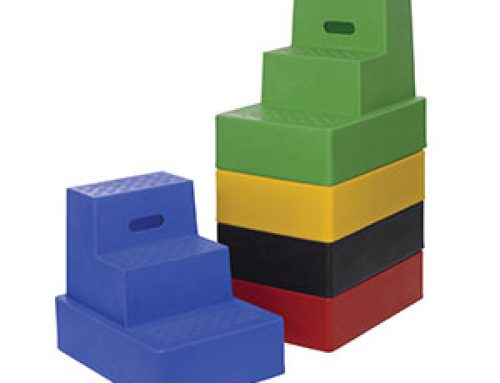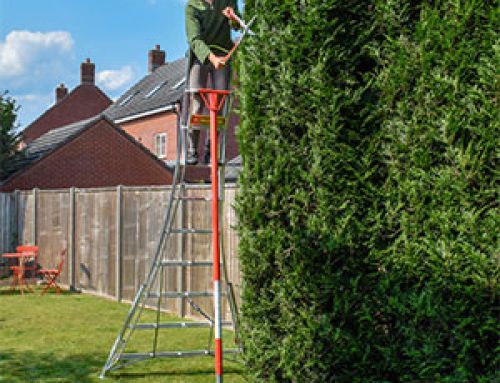Australian doctors have reported an increase of ladder falls over the past decade, to the tune of 47%; 5,000 people every year attend A&E, in Australia, following a fall from a ladder. Most of these injuries occurred in the over 60s, with women and men seeing an almost equal rise in incidents involving ladders; over a decade the numbers of women over 60 increased by 81% and by 73% for men. In the under 60 age group there was an increase of 30% in both men and women. This large increase in ladder falls for the over 60s, increases the complexity of the case as well as the length of the hospital stay, as younger people tend to be less badly injured and also recover a lot more quickly. Underlying health conditions in the older population also add to the complexity of broken bones and concussions requiring more hospital treatment and the involvement of different specialities, in the treatment and care of these patients. While less than 10% of younger patients required a hospital stay of more than a week, over 20% of the over 60s were treated for more than seven days.
Two thirds of injuries sustained after falling from a ladder were fractures, mostly of the limbs, with spinal and head injuries coming a close second. When a person falls from a ladder or even just from a standing height the natural reaction is to extend the arms to break the fall, and this action leads to broken limbs. Some people do not have time to react when they realise they are falling, and tend to land on their heads, which can be fatal in some cases and is generally much more serious than a broken limb. Falling backwards off a ladder often leads to spinal injuries, the most serious of which can mean paralysis.
Researchers noted an increase in the popularity of DIY projects across the population as a whole, and this increase is thought to be linked strongly to the increase in ladder accidents, as more untrained people are using ladders in an unsafe manner. The scientists would like to continue the research into ladder falls, by looking at the causes of these incidents; in particular over reaching, unsuitable footwear and unstable surfaces being the key culprits, as identified by anecdotal evidence from emergency teams and patients.
Certainly, when it comes to ladder safety, these three issues are key in maintaining a safe working environment and practice, and along with the integrity of the equipment itself, are the things that ladder-using professionals are taught as part of their job. Perhaps the cause of this increase is due in part, to more untrained people using ladders at home, where once this would have been done by a trained tradesperson. The answer to this could lie in domestic ladder use training programs aimed at all ages, with a particular emphasis on the over 60s age group. Encouraging those at risk of complications following a fall to let someone else do jobs at height, could also bring down the numbers of lengthy hospitalisations in the over 60s, as well as offering proper training in the set up and use of ladders.
This trend is not confined to Australia, other countries worldwide are seeing the same rise in ladder falls and other DIY injuries that could be avoided by proper use of the equipment, not rushing to finish the job and using the correct ladder for the job; using a step ladder as a straight ladder is a common mistake and often leads to the ladder slipping out, as it is not designed to be balanced against a wall. Next time you see someone using a ladder in an unsafe manner, tell them where they are going wrong and offer to show them the right way. You could save a life, or at the very least a couple of limbs.






Leave A Comment
You must be logged in to post a comment.